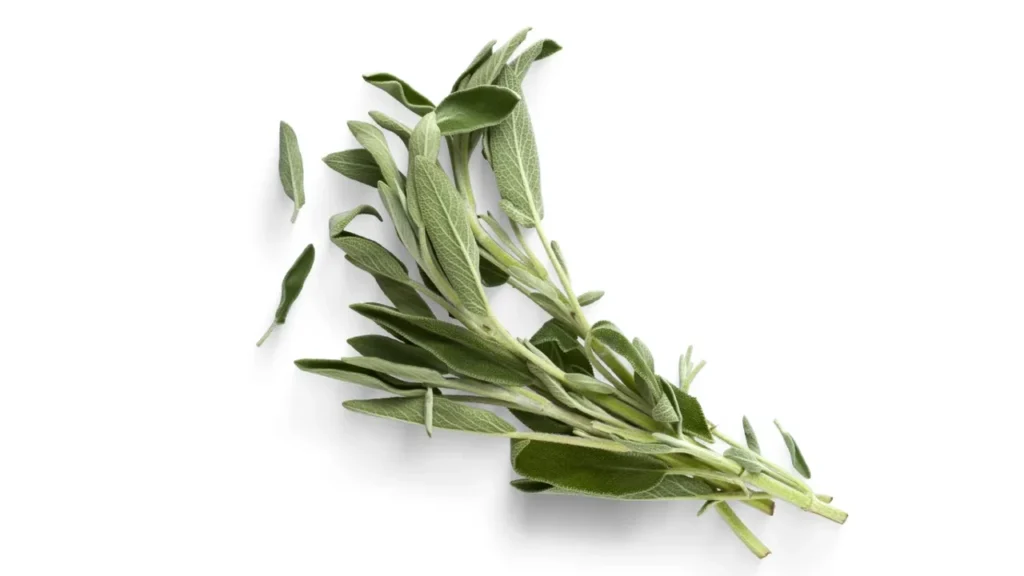
Strengthening Your Core…
Strengthening Your Core… The Kingdom Prescription
If you haven’t worked on your core in a long time, Start slowly, and focus on the quality of the exercise and gradually increase the number of times you can do it. Unlike some muscle groups that should only be worked out every other day, core muscles can be strengthened daily. “The core should always be working. It doesn’t need a lot of recovery,” transformational coach, Traver Boehm says.
Remember to do a warm-up before strengthening. March in place for a few minutes and move your arms around to get the blood flowing.
After strengthening, stretch your muscles, especially the hip flexors in the front of your pelvis and the hamstrings in the backs of the thighs.
“We want the core muscles to be short and tight,” Boehm says, “Tightness will give it stability. But we want the muscles that surround it to be flexible.”
Strengthening your core is one of the best things you can do for your health as you age. Core exercises not only help to ease pain, but they also improve your balance and increase your flexibility, which can help you maintain your independence.
Strengthening Your Core… The Kingdom Prescription
Strengthening Your Core… The Kingdom Prescription
Strengthening Your Core… The Kingdom Prescription
Strengthening Your Core… The Kingdom Prescription
The Best Core Exercises
A much better approach to strengthening your core is working several core muscle groups at the same time, just the way you would naturally if you were lifting something or climbing. For older adults, Boehm recommends three exercises in particular:
Bridges. “Anyone can do a bridge. You start in a recumbent position on your back and then lift and hold your buttocks off the ground,” Boehm says. “It’s effective because you create rigidity from the rib cage to the pelvis and all the way from the belly button around to the back. The whole region becomes solid, and it creates a contraction of all the muscle groups, like a corset.”
Planks. “Planks create contractions of the core, arm, and shoulder muscles as you stay in a push-up position. The key is staying as stiff as you can, like a wooden plank,” Boehm says.
Opposite arm and leg raise. This exercise gets you on your hands and knees. “As you stretch out the opposite arm and leg, you’re contracting your core and the muscles in the other arm and leg as they support you,” Boehm points out. “Movements should be slow and controlled; don’t throw your arm and leg out as fast as you can.”
